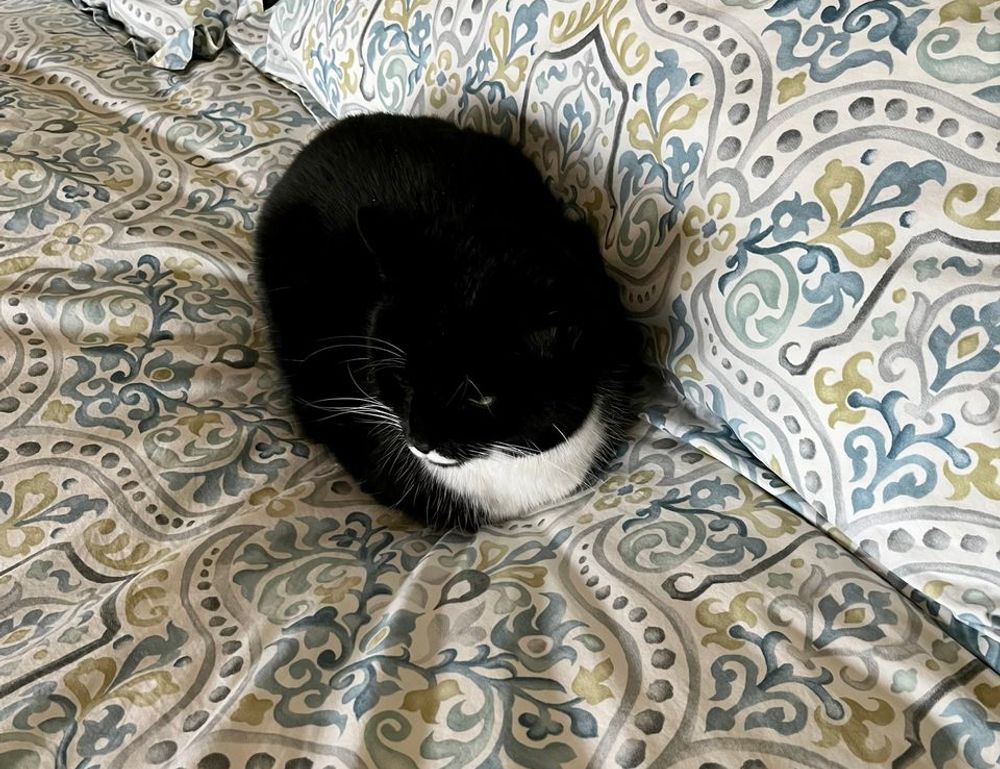What is Witch Hazel, Anyway?
Witch hazel is an astringent made from the bark and leaves of the Hamamelis virginiana shrub. You’ll find it in toners, makeup removers, aftershaves, and even acne treatments. It’s touted for being antiinflammatory and antibacterial—basically, a cureall for troubled skin. Sounds great in theory. In practice, it’s not always smooth sailing.
There are actually a few types of extracts—some are distilled with alcohol, while others are alcoholfree. That makes a huge difference, especially if you’ve got sensitive or dry skin.
Common Uses for Witch Hazel on Skin
A lot of folks use witch hazel for:
Controlling excess oil Calming minor skin irritation Reducing acne swelling Tightening pores Soothing postsun exposure
It’s a Swiss Army knife in the skincare aisle. But here’s where things can get tricky—just because it does all that, doesn’t mean it should be used daily, or by everyone.
Witch Hazel on Face Side Effects
Let’s break down the core issue: witch hazel on face side effects aren’t always obvious right away, which makes them easy to overlook. But use it too frequently, or on the wrong type of skin, and things can get uncomfortable—fast. Here’s what to watch out for:
1. Skin Dryness
Even alcoholfree witch hazel can strip away natural oils. If your skin leans dry or sensitive, this can lead to flaking, tightness, or even cracking. Use it daily, and you might unknowingly erode your skin’s moisture barrier.
2. Redness and Irritation
Some people experience mild burning, redness, or even itching after applying witch hazel—especially around the eyes or on broken skin. That’s your skin waving a white flag. It could be reacting to tannins (natural compounds in witch hazel), or to added alcohol.
3. Allergic Reactions
Witch hazel itself is a plant, and plants can set off allergic reactions. These can range from contact dermatitis (like a rash) to more serious inflammation. If you’re prone to eczema or rosacea, tread carefully.
4. Sensitivity Over Time
Even if you don’t react right away, using witch hazel too frequently might make your skin more sensitive over time. It’s especially concerning if you’re pairing it with other strong ingredients, like retinol or exfoliating acids.
In short? Familiar doesn’t mean harmless. Patchtest whenever you start using something new—especially with natural actives like witch hazel.
Who Should Skip Witch Hazel?
Here’s a quick hit list of people who might want to avoid it:
Anyone with very dry or sensitive skin People managing eczema or psoriasis Those using strong actives like retinoids or prescription treatments Anyone who’s had contact allergies to other plantbased skincare
Basically, if your skin’s already struggling, witch hazel might do more harm than help.
Smart Ways to Use Witch Hazel (If You Do)
If your skin can handle it, witch hazel can still be a helpful tool—when used with care. Here’s how to make the most of it:
1. Choose the Right Formula
Look for alcoholfree versions. They’re gentler on the skin and don’t disrupt your moisture barrier as much. Opt for simple formulations without a lot of added fragrance or essential oils.
2. Start Small
Don’t jump in with twiceaday applications. Use it 2–3 times a week at first and see how your skin reacts. Consider applying it only to trouble areas (forehead, Tzone, etc.).
3. Pair It With Moisture
Balance is everything. Follow up with a hydrating serum or moisturizer so your skin doesn’t freak out. Think of witch hazel as a cleaning tool—not your full routine.
4. Stop If It Stings
If something feels wrong, listen to your skin. Tingling isn’t always a sign it’s working; sometimes it’s a red flag.
Alternatives to Witch Hazel
Not vibing with witch hazel? Totally fine. There are other options that offer similar benefits with less risk:
Green Tea Extract – Great antioxidant, far less irritating Aloe Vera – Soothes without drying out skin Niacinamide – Reduces oil, boosts barrier health, great allaround Salicylic Acid Pads – Target pores without fullface irritation
Each of these can sub in without the same level of dryness or reactivity.
Final Takeaway
Witch hazel isn’t automatically bad. But it’s not riskfree either. The key lies in understanding your skin—its strengths, its weak points, and how it reacts over time. When in doubt, patch test and proceed slowly. And remember: witch hazel on face side effects might not show up immediately, but that doesn’t mean they won’t show up at all.
Use it smartly or skip it entirely. Your skin will tell you what it needs. Just make sure you’re listening.
